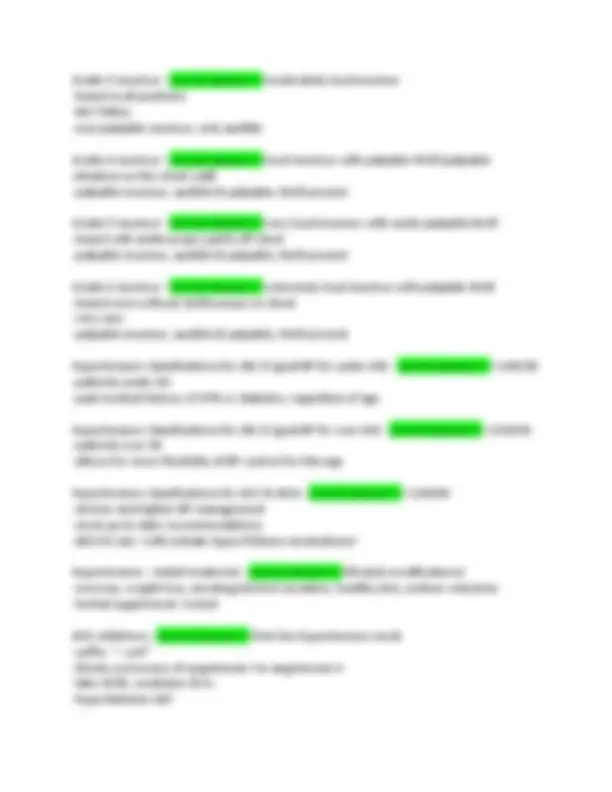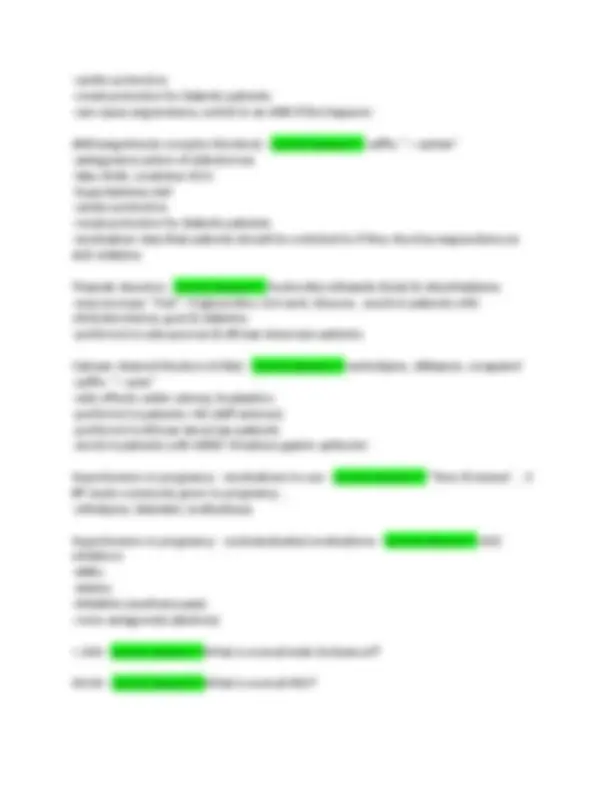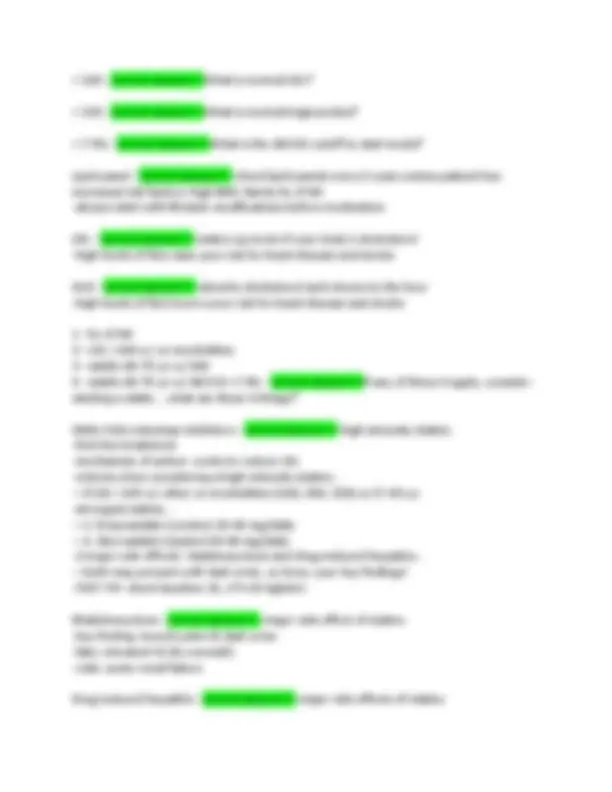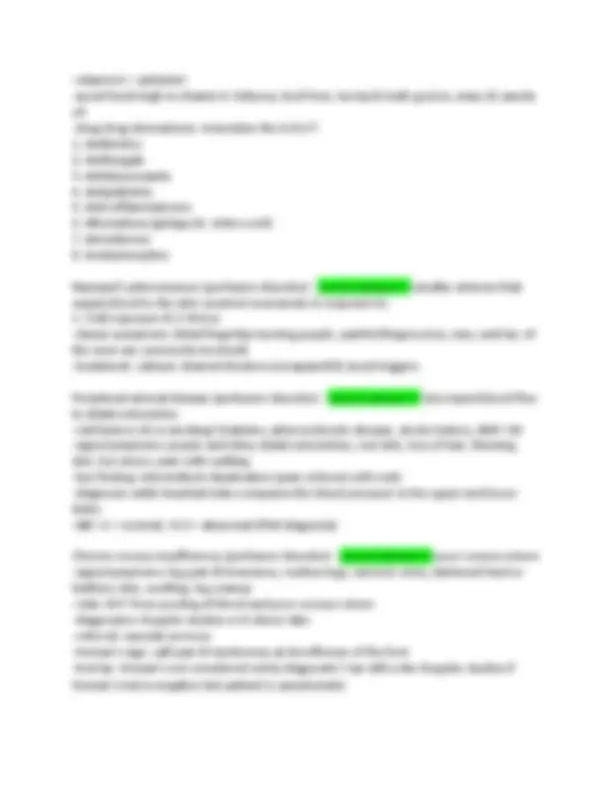







Study with the several resources on Docsity

Earn points by helping other students or get them with a premium plan


Prepare for your exams
Study with the several resources on Docsity

Earn points to download
Earn points by helping other students or get them with a premium plan
Community
Ask the community for help and clear up your study doubts
Discover the best universities in your country according to Docsity users
Free resources
Download our free guides on studying techniques, anxiety management strategies, and thesis advice from Docsity tutors
Aortic area - correct answer>>-located at the right sternal border, 2nd ICS -systolic murmurs: aortic stenosis; physiologic flow murmurs Pulmonic area - correct answer>>-located at left sternal border, 2nd ICS -systolic murmurs: pulmonic stenosis & atrial septal defect Tricuspid area - correct answer>>-located at left sternal border, 4th ICS -holosystolic murmur: tricuspid regurgitation & ventricular septal defect -diastolic murmur: tricuspid stenosis ***valve that is most likely to be affected by endocarditis Mitral area - correct answer>>-located at left midclavicular, 5th ICS -holosystolic murmur: mitral regurgitation -systolic murmur: mitral valve prolapse -diastolic murmur: mitral stenosis Atrioventricular valves - correct answer>>-valves that connect the atrium to the ventricles -tricuspid & mitral Semilunar valves - correct answer>>-valves that connect the ventricles to the outflow vessels -aortic & pulmonic valves
Typology: Exams
1 / 9

This page cannot be seen from the preview
Don't miss anything!






Aortic area - correct answer>>-located at the right sternal border, 2nd ICS
***listen for split S2 at base Split S2 - correct answer>>-NORMAL during inspiration, ABNORMAL during expiration
< 100 - correct answer>>What is normal LDL? < 150 - correct answer>>What is normal triglycerides?
7.5% - correct answer>>What is the ASCVD cutoff to start meds? Lipid panel - correct answer>>-check lipid panels every 5 years unless patient has increased risk factors: high BMI, family hx of MI
A fib - rate-control - correct answer>>-beta blockers (metoprolol)